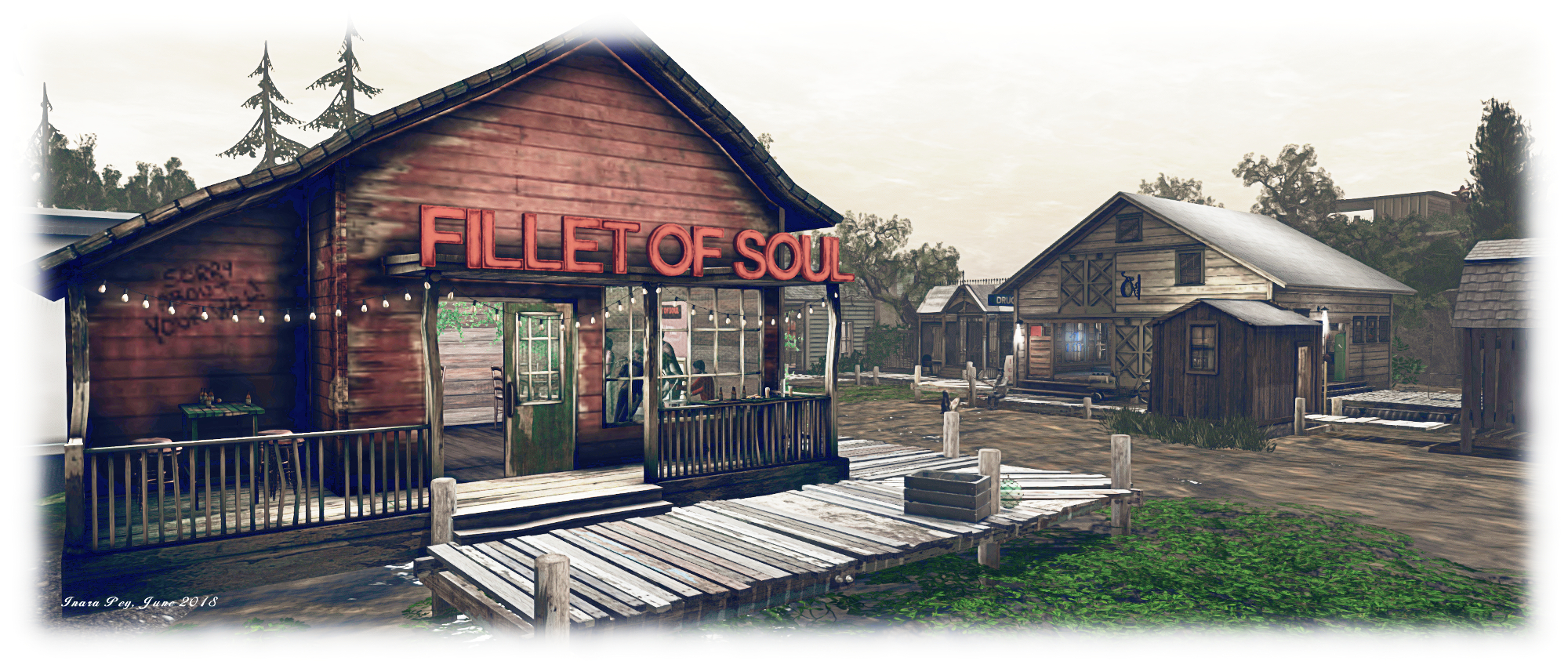The majority of the following notes are taken from the TPV Developer meeting held on Friday, June 29th 2018. A video of the meeting is embedded below, my thanks as always to North for recording and providing it.
SL Viewer
No changes to see out the week, leaving the current pipelines as:
- Current Release version 5.1.6.516459 and dated June 15th, promoted June 21st – formerly the Pálinka Maintenance Release Candidate – New
- Release channel cohorts:
- Quinquina Maintenance RC viewer, version 5.1.7.516813, released on June 22nd.
- Project viewers:
- Animesh project viewer updated to version 6.0.0.516979 on June 25th.
- Bakes on Mesh project viewer, version 5.1.6.516270, dated June 14th.
- 360 snapshot viewer, version 5.1.6.515934, June 6 (see my hands-on update).
- Linux Spur viewer, version 5.0.9.329906, dated November 17th, 2017 and promoted to release status 29 November – offered pending a Linux version of the Alex Ivy viewer code.
- Obsolete platform viewer, version 3.7.28.300847, May 8th, 2015 – provided for users on Windows XP and OS X versions below 10.7.
Week #27 Deployments
[2:53-3:29] Animesh is now on all the major release candidate server channels. However, due to the US 4th July holiday occurring mid-week in week #27 (commencing Monday, July 2nd, 2018), it will not be deployed to the Main (SLS) channel, as the Lab wish to avoid “high risk” deployments during the week.
Bugsplat Testing
[3:34-4:08] The Lab is about to start experimenting with viewer crash reporting using BugSplat, a commercial service.
As a part of this, a new release candidate viewer with code for using Bugsplat should be arriving in week #28 (commencing Monday, July 9th); aside from this, code, it will be functionally identical to the de facto release viewer. It will be used to evaluate whether or not to commit to a move to using Bugsplat over the current home-grown Breakpad crash reporting mechanism.
Environment Enhancement Project
[4:40-5:50] The EEP project viewer is seen as being “not too far away”. It is currently awaiting the deployment of the back-end inventory management changes, which are required to support the new EEP inventory assets. This includes a new inventory Settings folder, designed to contain windlight assets. Please refer to my week #26 CCUG update for more on EEP as well.
[6:13-8:04] It’s not clear when the experience-based LSL support for EEP will be available – probably not during the initial deployment, but will become available as the project iterates. Also things will be set such that during testing, those on regions supporting the new EEP settings will see them; those on regions without the back-end support will see things as they are now (the “old style settings”).
Upcoming Changes
Monday, July 2nd, will see the introduction of the new private region prices, together with the increase in Linden Dollar purchase transaction fee see Linden Lab announces major SL private region pricing restructure for more.
[15:03-16:50] Also coming up is the new land auction system, which will allow users to auction their own Mainland.
The system is currently in the final stages of testing internally, and the current plan is for the Lab to wind-down auctions using the existing system by the end of week #27, then switch to the new system. Initially, only auctions of Linden held land will be available through the new system, but this will be expanded to include land held by users hopefully by the end of July 2018.
The new land auction system will be run through Place Pages, so those having Mainland they want to auction should consider creating a Place Page for it (if they haven’t already done so).
Other Items
- [8:20-8:46] It appears that once Animesh, EEP, Bakes on Mesh, etc., are all deployed, the focus may be more on server-side updates and work (region crossings?). The easing of viewer-related projects should give TPVs some room to catch up with the Lab, if necessary, although bug fixes, etc., will still be appearing (via Maintenance RC releases).
- [29:11-29:43] One of these projects will be ARCTan, the project to re-evaluate object and avatar rendering costs. However, this will remain a deliberately slow process.
- [8:59-9:23] There are still two major open-source contributions to the viewer in development:
- Camera presets, which will allow users to set and save their own preferred camera presets in the viewer see STORM-2145.
- Porting of the poser feature from the Black Dragon TPV to the official viewer.
- [9:32-12:40] As noted in my previous TPVD meeting summary, there are concerns about unintended consequences of experiences when combined with tools such as avSitter (and / or RLV), and the potential for abuse. A JIRA was raised, but subsequently closed by the Lab. However, the matter is still under discussion internally, and may result in changes to how experiences work to address the issue.
- The next get-together of everyone at the Lab who works on Second Life to discuss plans and options should be taking place towards the end of July.
- [18:16-18:37]The latest official viewer sees the minimum object LOD raised from 0.0 to 1.0; this is unlikely to be reversed.
- [19:00-20:05] The Lab currently has an update to Voice running internally. Vivox are due to deliver a new SLVoice.exe update “real soon”. When this happens, the test Voice viewer will likely move to a public project viewer, with the new SLVoice package.


















